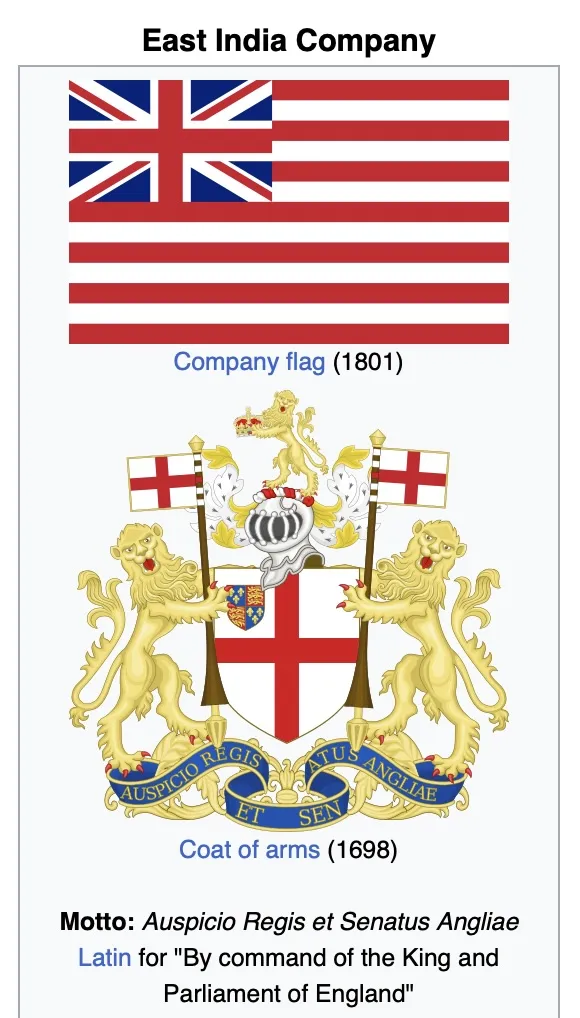In the many and varied discussions about Bitcoin, there is often much talk (myself included) about how our money has become corrupted. In the past, banks tied the value of the British Pound and the US Dollar to the value of gold, but this changed during the twentieth century and was directly related to the First and Second World Wars (see Bitcoin and The Gold Standard).
While losing the relationship of our money to gold is a valid concern, additional elements of our economic world contribute to the corruption in our financial system.
On 11 January 2024, The United States Securities and Exchange Commission finally allowed the trading of Bitcoin through exchange-traded funds. The average person likely has a minimal idea of what these are or the effect they will have.
In this newsletter, I explore the history of the formation of companies and seek to determine the most likely outcome of a Bitcoin ETF by exploring the history of joint stock companies.
Exploration
The first modern joint stock company originated in the 16th Century, as explorers began to discover and trade with new continents. Such adventures were expensive and risky endeavours, so if many people could contribute a little, more money could be raised, and the financial structure of the new company could reduce the risk of the journey. The first official company chartered by the British Royals was the Company of Merchant Adventurers to New Lands in 1551, which began with 240 shareholders.
Eventually, this became the Muscovy Company, given a royal charter by Queen Mary I of England in 1555. Its royal privilege was a monopoly on trade between Russia and England.
One of the most famous companies from this period was the East India Company, to which Elizabeth I provided a royal charter on December 31, 1600. This company became so large and successful that it eventually ruled a large proportion of India and parts of East Asia. Its standing army was more extensive than the British Government, with 260,000 soldiers!

Such success drew the attention of many others who also wanted to benefit from the rewards of these successful projects, as those that did well produced magnificent profits for their owners.
At the time, it was more usual for single voyages to raise money and for the profits to be liquidated and distributed to their members on their return home. Due to the challenges involved, including disease, shipwreck and piracy, forming a corporation eased the management of risks. The risks included the profits from the distribution of goods on the return home, as demand for these often varied based on the seasons.
The formation of such a corporation created such advantages for the English; if the Dutch (their main competitor) had failed to follow suit, the inequitable management of risks would have ruined them.
The Dutch East India Company was established two years later in 1602. The interest in the company was overwhelming, with 1,143 subscribers who invested ƒ3,679,915 or over €100 million in today’s money.

By this time, there was a healthy interest in the new company’s profit potential and great interest in buying and selling the shares with other investors. The East India House in Amsterdam kept the administration of these transactions, and brokers took a small fee to ensure the paperwork was sound and secure. In this way, ‘securities’ and speculative trading was born.
The Dutch East India Company eventually exceeded the English East India Company by a factor of five regarding the traffic of goods and enslaved people. It was massively successful, yielding profits of up to 400% and became the foundation of the Dutch Empire.
Sign Up To The Newsletter!
If you have received this newsletter from someone else or seen it on Social Media, consider subscribing and receiving the next one directly in your inbox.
We don’t charge for the most recent post on the website, so subscribing will notify you when the latest one has been published.
Receipt of the newsletter is FREE, and you can unsubscribe at any time.

